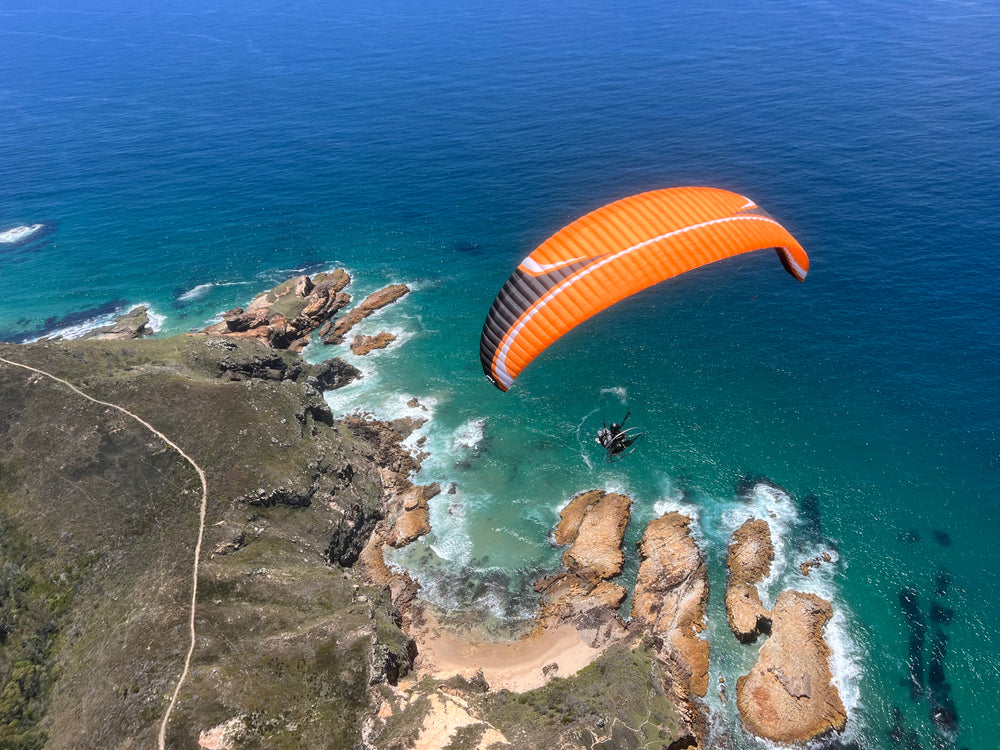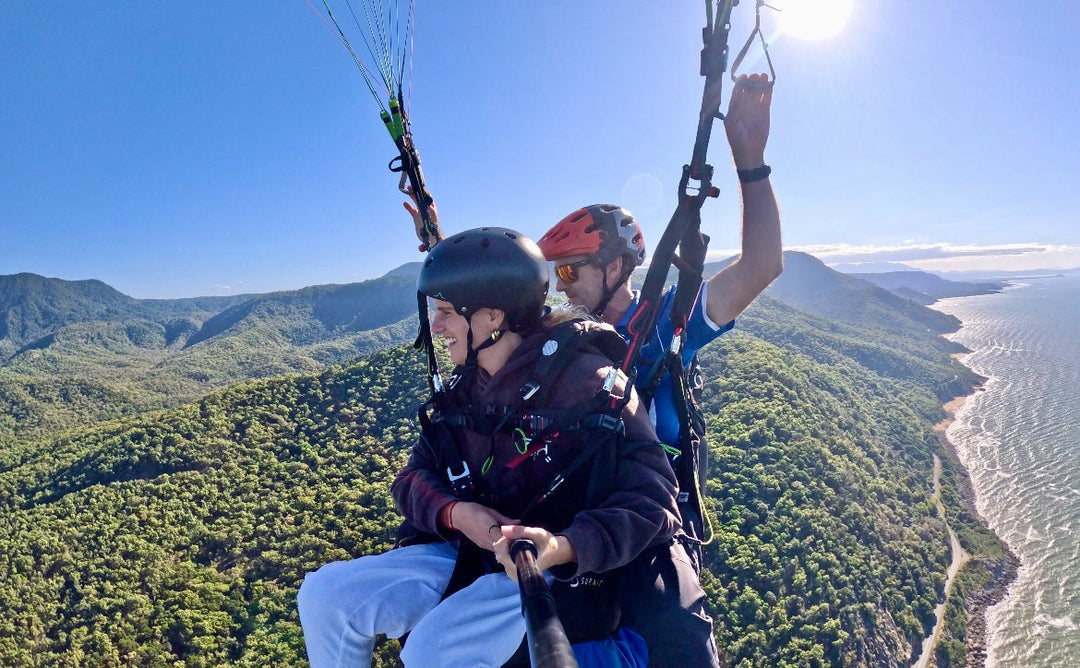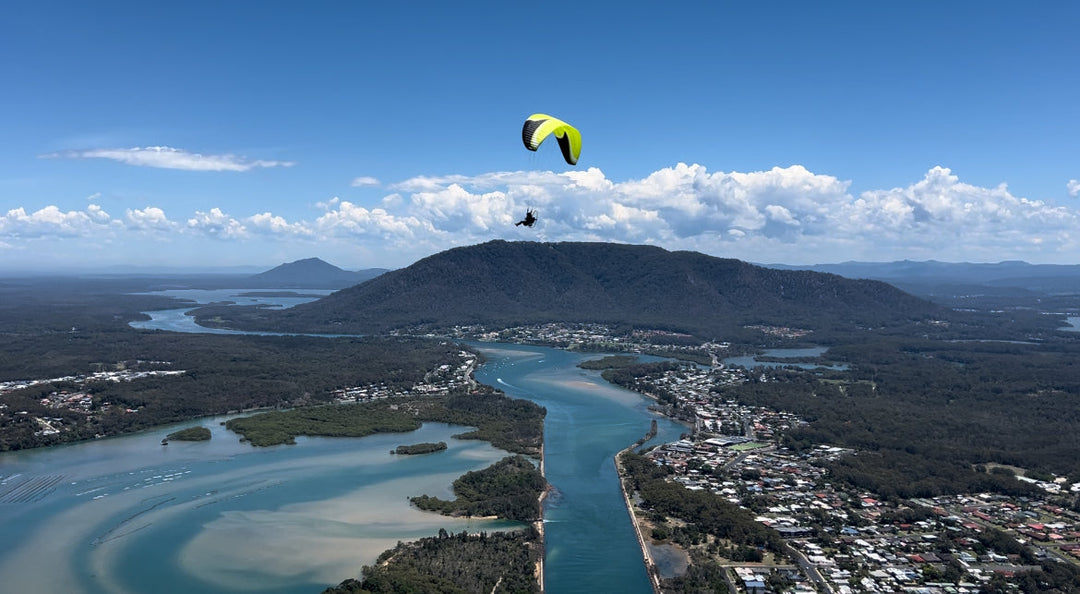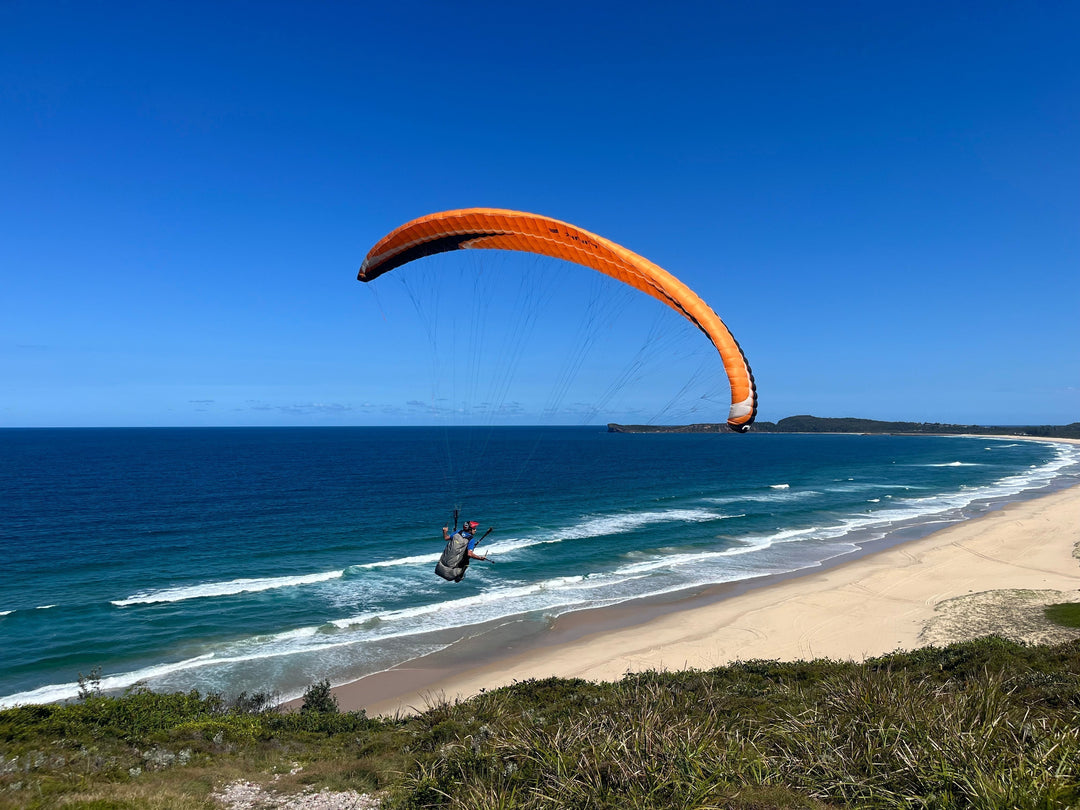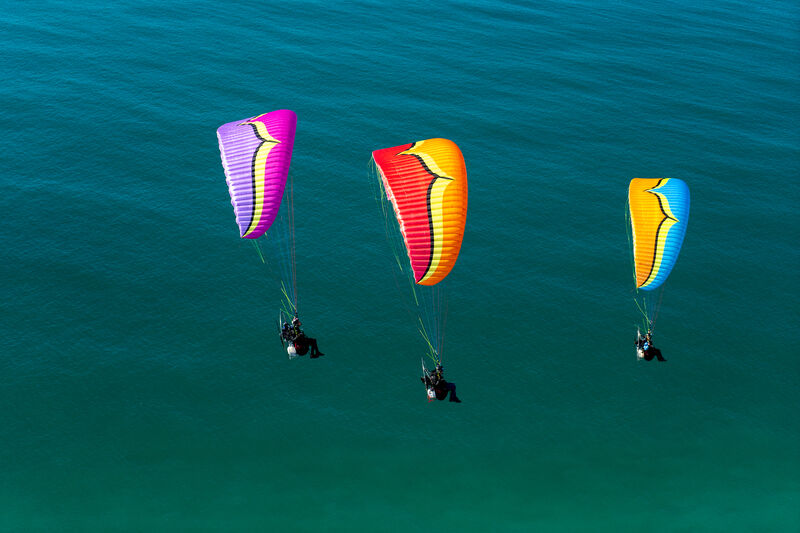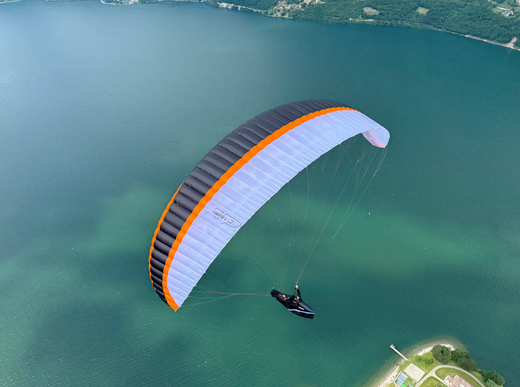Paramotor Training and Licensing: Everything You Need to Know
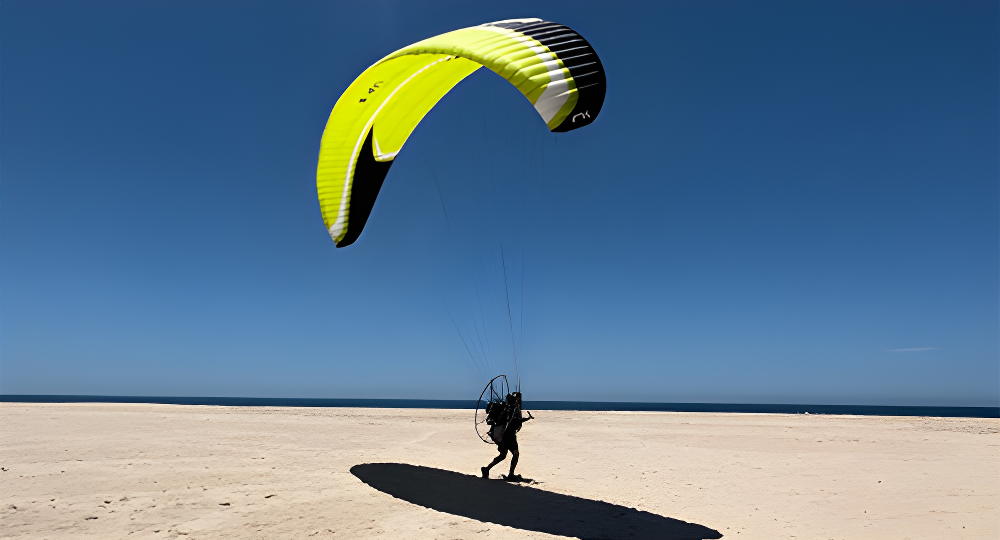
Paramotoring, often called powered paragliding, is a thrilling and accessible form of aviation that allows individuals to experience the freedom of flight. However, before you can soar through the skies with a paramotor, you must undergo proper training and obtain the necessary licensing. In this comprehensive guide, we will explore the world of paramotor training, covering everything from paramotor lessons and instruction to the licensing process.
What is Paramotoring?
Paramotoring combines two established forms of aviation: paragliding and powered flight. A paramotor comprises a motorised backpack unit, a paramotor wing, and a harness. The motor generates thrust, allowing the pilot to take off, gain altitude, and navigate the air. The paragliding wing provides lift and control during flight.
The Importance of Proper Training
Paramotoring may seem simple but it involves several critical skills and knowledge areas essential for safe and enjoyable flights. Proper training is crucial for several reasons:
- Safety: Learning how to control the paramotor, manage emergencies, and navigate the airspace safely is paramount to avoiding accidents and injuries.
- Legal Requirements: Many countries require paramotor pilots to undergo training and obtain licenses or certifications to operate legally.
- Skill Development: Training helps you develop the skills to handle different weather conditions, terrain, and flight scenarios effectively.
Paramotor Lessons and Instruction
Paramotor lessons and instruction are the foundations of a successful paramotoring journey. Here's what you can expect from your training:
- Theory: Delve into the theoretical aspects of paramotoring. Learn about principals of flight, weather conditions, airspace regulations, equipment and more.
- Practical Training - The Basics: Develop ground handling / kiting skills (manoeuvring the wing on the ground) and learn launching techniques before advancing to solo paragliding flights under the supervision of an experienced instructor.
- Practical Training - Adding Power: Start by getting a feel for the engine and the throttle while you develop your ground handling skills further, then take to the sky with your paramotor through radio assisted instructed flights.
- Safety Protocols: You'll learn about safety procedures, emergency protocols, and how to handle unexpected situations during flight.
Choosing a Paramotor School
Selecting the right paramotor school is a critical step in your journey. Consider the following factors when choosing a paramotor school:
- Instructor Experience: Ensure your instructor is experienced and certified by relevant aviation authorities.
- Location: Find a school with suitable flying locations and conditions for your skill level.
- Equipment: Check if the school provides well-maintained and up-to-date paramotor equipment.
- Reputation: Read reviews, ask for recommendations, and research the school's reputation within the paramotoring community.
Licensing and Certification
In Australia, the Sports Aviation Federation of Australia (SAFA) oversees the safety standards, training, and certification of pilots involved in sports aviation activities like paramotoring.
To obtain the SAFA PPG (Paramotor) License, candidates must fulfil several criteria, including:
- Participate in a minimum of 12 days dedicated to flying activities.
- Complete at least 15 flights without using power assistance.
- Undertake a minimum of 30 powered flights.
- Accumulate a total flying time of no less than 20 hours.
- Conduct two cross-country flights, each covering a distance of at least 25 kilometres.
- Perform one cross-country flight that includes an outlanding followed by a relaunch.
- Display proficient execution of all necessary skills and techniques under light and moderate conditions, as outlined in the SAFA training manual.
- Achieve a passing score on the theoretical knowledge examination.
Safety Considerations
Safety is paramount in paramotoring. Some essential safety considerations include:
- Weather Awareness: Understand how weather conditions impact your flight and avoid flying in adverse weather.
- Regular Equipment Checks: Maintain your paramotor and wing to ensure optimal working conditions.
- Flight Planning: Always plan your flights carefully, considering airspace restrictions and emergency landing options.
- Emergency Procedures: Be familiar with and practice emergency procedures to handle unexpected situations.
Joining the Paramotoring Community
Once you've completed your training and obtained your license, you can become part of the thriving paramotoring community. Joining clubs and forums and attending paramotoring events can help you connect with fellow enthusiasts, share experiences, and continue to learn and grow as a pilot.
Tips for a Successful Paramotoring Experience
Embarking on your paramotoring journey is an exhilarating adventure, but there are some essential tips to keep in mind to ensure a successful and enjoyable experience:
- Stay Physically Fit: Paramotoring requires a certain level of physical fitness. Regular exercise and maintaining a healthy lifestyle can help you handle the physical demands of flying and reduce the risk of fatigue during long flights.
- Invest in Quality Gear: While paramotoring is more affordable than many other aviation pursuits, investing in high-quality gear is still crucial. This includes a reliable paramotor, a high quality wing, and safety equipment like a helmet and reserve parachute.
- Weather Awareness: Always check the weather conditions before flying. Avoid flying in strong winds, turbulent conditions, or adverse weather like thunderstorms. It's better to postpone your flight than to risk unsafe conditions.
- Plan Your Routes: Plan your routes carefully if you're exploring scenic landscapes or simply flying for fun. Be aware of restricted airspace, private property boundaries, and suitable landing zones.
- Emergency Preparedness: Have a thorough understanding of emergency procedures and carry essential safety equipment, including a first-aid kit and a means of communication. Knowing how to react in critical situations can significantly affect your safety.
- Respect the Environment: Paramotoring allows you to connect with nature, so respecting the environment is essential. Avoid disturbing wildlife and follow local environmental regulations. Leave no trace of your presence and contribute to preserving natural beauty.
- Continuous Learning: Paramotoring is a journey of constant learning. Even after obtaining your license, consider taking advanced courses and refresher courses to improve your skills and knowledge. Staying up-to-date with the latest developments in the paramotoring community can enhance your overall experience.
- Document Your Flights: Capture your paramotoring adventures with photos and videos. Not only does this provide a memorable record of your experiences, but it can also be a valuable tool for self-assessment and sharing your passion with others.
- Respect Others' Privacy: When flying near populated areas, be mindful of people's privacy. Avoid low flights over residential areas and maintain a respectful distance from bystanders.
- Enjoy the Journey: Lastly, remember that paramotoring is not just about the destination but also the journey itself. Take the time to enjoy the world's beauty from above, savour the sense of freedom, and relish paramotoring's unique perspective.
Conclusion
Paramotoring is a thrilling and accessible way to experience the joy of flight, but it demands proper training and licensing to ensure your safety and enjoyment. By following this comprehensive guide, you'll be well-prepared to embark on your paramotoring journey, from paramotor lessons and instruction to becoming a licensed pilot in the exciting world of paramotoring.
Ready to take flight and experience the thrill of paramotoring with High Adventure? Don't miss out on this incredible adventure! Book your paramotoring experience now and soar to new heights with us!


